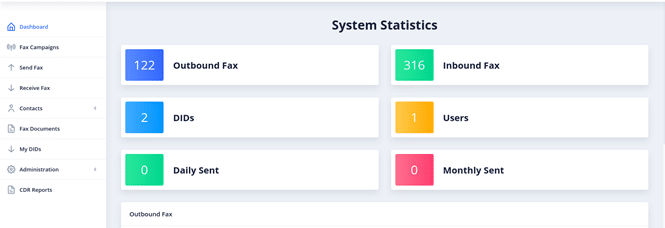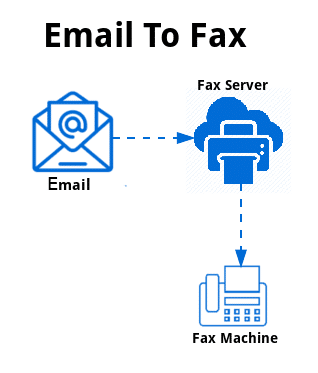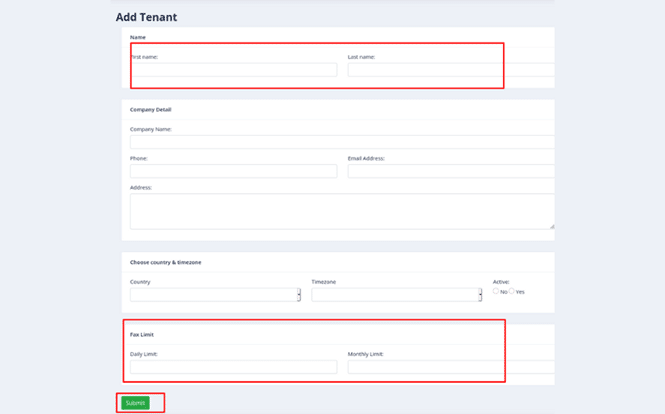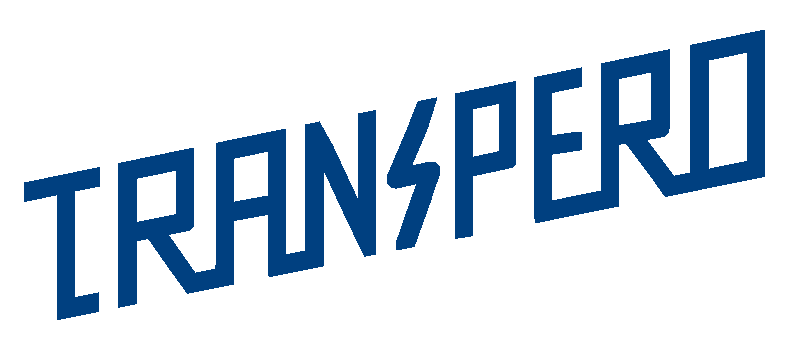
Contents
Introduction:
Fax machines have played a pivotal role in office communication for many decades. Despite the rapid evolution of technology, faxing remains a prevalent method for transmitting important documents. However, traditional fax machines come with limitations and drawbacks. In today’s digital age, where instant communication and information exchange are crucial, modernizing fax communication becomes imperative. A noteworthy advancement in this context is ICTFAX, a system that facilitates both inbound and outbound faxing over the internet. This comprehensive article will delve into the evolution of fax technology, the constraints of traditional fax machines, the emergence of internet-based fax solutions like ICTFAX, and their role in updating and enhancing fax communication.
1: The Evolution of fax technology:
Before delving into the realm of Fax over internet and exploring ICTFAX, let’s embark on a brief journey through the history of fax technology.
1.1. The Birth of Fax
The concept of faxing dates back to the 19th century when innovators like Alexander Bain and Giovanni Caselli developed early copy machines. These devices might transmit images and text over transmit lines utilizing transmit or electrical signals. However, it wasn’t until the 20th century that fax technology began to take shape.
1.2. The Rise of Advanced Fax
The advanced fax machine as we know it today was created in the mid-20th century. In 1964, Xerox introduced the Magnafax Telecopier, which checked a critical milestone in fax technology. This machine used phone lines to transmit scanned reports, making it much more accessible than prior models. The integration of “computer telephony integration
1.3. Fax Standards and Conventions
As fax machines got to be more widespread, various guidelines and conventions were created to guarantee compatibility between different machines and systems. Notable standards incorporate Bunch 3 fax, which is the most broadly utilized standard for analog fax transmission, and Group 4 fax, an ITU-T standard for high-speed digital fax transmission.
2: Limitations of Traditional fax machines:
While traditional fax machines played a crucial role in business communication for decades, they come with several limitations that hinder their effectiveness in the modern digital landscape.
2.1. Hardware Dependency
Traditional fax machines require dedicated hardware, including a fax machine, telephone line, and often a separate fax server. This not only consumes physical space but also incurs hardware maintenance costs.
2.2. Lack of Mobility
Fax machines are stationary devices, which means you need to be physically present in the office to send or receive faxes. This limitation is at odds with the modern workforce’s need for flexibility and remote work options.
2.3. Inefficiency and Paper Usage
Traditional faxing involves printing a document, feeding it into the fax machine, and then sending it to the recipient. This process not only consumes time but also contributes to paper waste, which is environmentally unsustainable.
2.4. Limited Security
Fax transmissions over traditional telephone lines are susceptible to interception, making them less secure compared to modern digital communication methods. Additionally, it’s challenging to track or confirm the delivery of faxes.
3: Internet based fax solutions:
Recognizing the restrictions of traditional fax machines, innovators have created internet-based fax solutions that use the power of the internet to transmit faxes securely and proficiently. One such solution is ICTFAX.
3.1. What is ICTFAX?
ICTFAX is an open-source, web-based fax server solution planned to encourage inbound and outbound faxing over the internet. It combines the convenience of traditional faxing with the adaptability and efficiency of digital communication.
3.2. Key Features of ICTFAX
Web-Based Interface: ICTFAX gives users with a web-based interface, eliminating the require for dedicated fax machines and making it open from anywhere with an internet connection.
Multi-Platform Support: ICTFAX is compatible with different working systems, including Linux and Windows, making it flexible and accessible to a wide extend of users.
Email Integration: Clients can send and get faxes through their e-mail accounts, simplifying the faxing handle and improving productivity.

Security: ICTFAX offers encryption options to ensure the security and confidentiality of fax transmissions, addressing one of the key weaknesses of traditional faxing.
Scalability: The solution is highly scalable, allowing organizations to expand their fax capabilities as their needs grow.

3.3. Advantages of Internet-Based Faxing with ICTFAX
3.3.1. Cost-Efficiency
ICTFAX eliminates the need for dedicated fax machines and phone lines, reducing hardware and maintenance costs. Furthermore, it reduces paper consumption and associated expenses.
3.3.2. Mobility and Accessibility
With internet-based faxing, users can send and receive faxes from anywhere with an internet connection, enhancing mobility and flexibility for modern workforces.
3.3.3. Environmental Sustainability
By reducing paper usage and promoting digital document transmission, ICTFAX contributes to environmental sustainability, aligning with modern corporate responsibility initiatives.
3.3.4. Enhanced Security
ICTFAX offers encryption and security highlights that improve the secrecy and astuteness of fax transmissions, making it a secure alternative to conventional faxing.
4: The role of ICTFAX in Modernizing Fax Communication:
4.1. Digital Transformation
In an era marked by digital transformation, businesses are seeking ways to streamline their operations and reduce reliance on legacy systems. ICTFAX plays a crucial role in this transformation by modernizing fax communication, aligning it with contemporary digital workflows.
4.2. Efficiency and Productivity
ICTFAX enables organizations to send and receive faxes more efficiently, saving time and resources. With features like email integration and web-based access, employees can access faxes instantly and respond promptly, enhancing overall productivity.
4.3. Remote Work Support
The rise of remote work has required tools and advances that facilitate collaboration and communication over distributed groups. ICTFAX’s internet-based faxing capabilities make it a profitable asset for remote specialists who need to send or receive faxes without being tied to a physical office.
4.4. Compliance and Control
In numerous industries, compliance with regulatory requirements is vital. ICTFAX’s security features, counting encryption, help organizations meet compliance benchmarks by ensuring the confidentiality and integrity of faxed documents.
Conclusion:
The advancement of fax technology from its early telegraph-based origins to the present day internet-based arrangements like ICTFAX speaks to a significant jump in communication efficiency and comfort. ICTFAX, with its web-based interface, multi-platform back, and security features, stands as a testament to the control of development in modernizing fax communication for the digital period.
Whereas traditional fax machines have their impediments, internet-based fax solutions like ICTFAX address these issues and give a feasible, cost-effective, and secure way to transmit records in today’s fast-paced world. As organizations proceed to grasp digital change and inaccessible work, the part of internet-based faxing will only grow, making it an essential device for businesses in the a long time to come.
